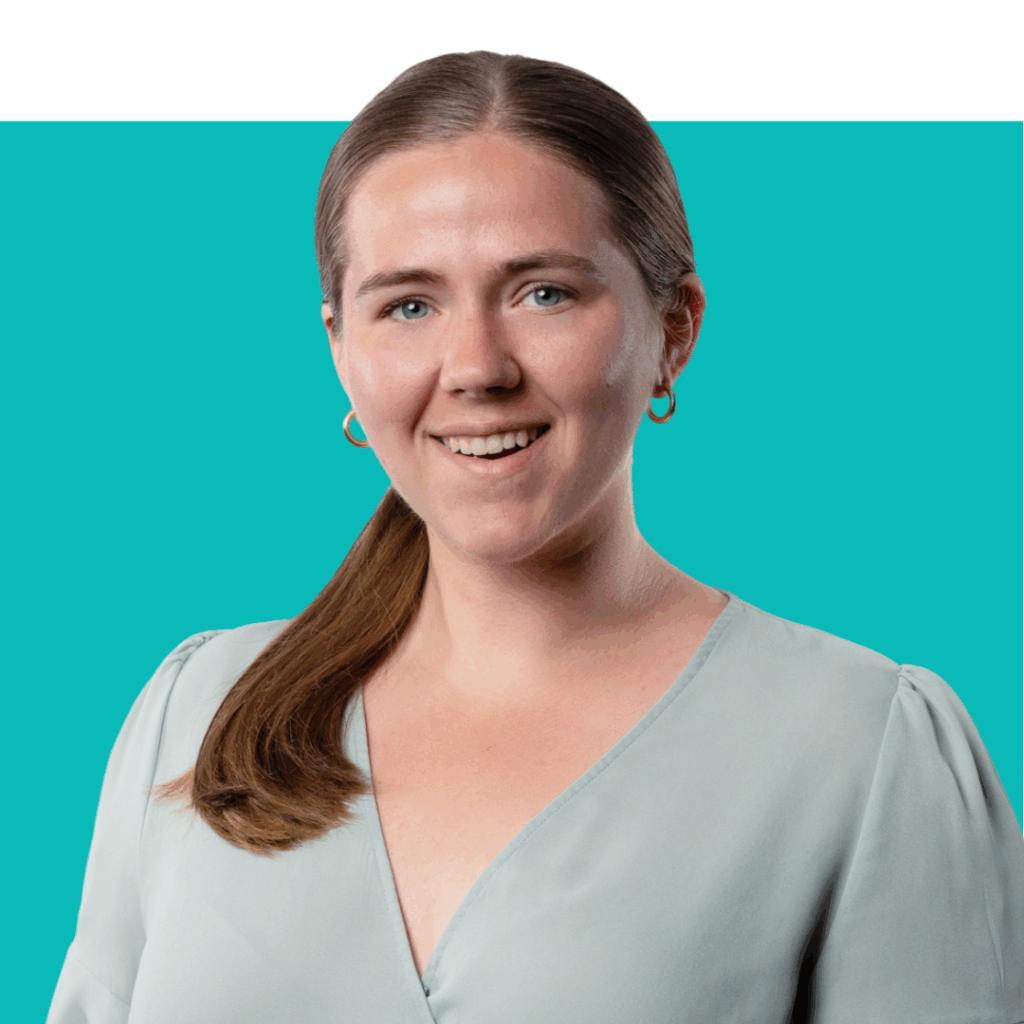
Mary Kenny is a second year MPH student at the University of Minnesota School of Public Health concentrating in Maternal and Child Health. Mary earned her BA in Applied Psychology and Human Development from Boston College in 2022. After college, Mary spent two years working at the Big Sister Association of Greater Boston, working as an Enrollment and Matching Specialist to create Big/Little matches. During her time there, Mary piloted the first ever group-mentoring program, designing and delivering a strengths-based, trauma-informed curriculum about emotional wellbeing in schools all across Boston. Mary has a passion for holistic best practices which promote intersectional approaches to education, physical health, mental health, and research. Since beginning her master’s program, Mary co-authored the MN Menstrual Products in Schools Toolkit and is a fierce advocate for menstrual health education for students. At UMN, Mary is the Communications Research Assistant for the Center for Leadership Education in Maternal and Child Public Health where she serves as the UMN co-editor for MCH Leads and executive board member for the Maternal and Child Health Student Interest Group (MCHSIG). You can connect with Mary on her LinkedIn.
The Power of MCH Teams
During the first year of my MCH masters of public health program at the University of Minnesota, I encountered the power of inter professional team building. Within one year, three distinct professional opportunities ignited my purpose and professional goals in a whole new way. The through line connecting all three experiences? Simple: the power of a team.
The MCHLeads National Trainee Blog Team
First, in the fall of 2024, I started working as the MCHLeads National Trainee Blog editor from the University of Minnesota’s Center for Leadership Education in Maternal and Child Public Health. Our team partnered with the University at Albany for the past five years to curate blog posts from national MCH trainees affiliated with HRSA MCHB-funded MCH programs. As the blog co-editor, I see first hand how these interactions spark change, shape stories, and impact public health. In the beginning, there were many spreadsheets, contacts, policies, and procedures to learn in order to manage the blog’s work flow. My fellow co-editor, Melissa Ray, took time to teach me how to use WordPress and utilize consistent formatting across entries. Her guidance during my introduction to the blog paved the way for our joint success later. Teammates help us learn, grow, and find our own work style. They teach us about ourselves and the type of leader we hope to be – both personally and professionally. Outside of the internal blog team, I collaborate with a variety of aspiring public health professional authors, working in tandem to curate their lived experiences into a narrative for each month’s posts. Time and time again, I saw the power of continuous collaboration and teamwork.
Blog post authors typically receive a nomination from their school or department before receiving an invitation to write for the blog. As such, I have worked with countless MCH Center and Catalyst program leaders. Once chosen, authors recount stories that feature their own communities, many of which occur across disciplines and with interdisciplinary teams too.
The 2024 MN Women’s Report Card Team
Second, during January 2025, I worked with a team of fellow students at the University of Minnesota under the direction of Dr. Zobeida Bonilla and in collaboration with the Minnesota Department of Health to stratify data for the 2024 Minnesota Women’s Health Report Card. This biannual report card captures a snapshot of Women’s Health in the state of Minnesota across different categories. I researched the Perinatal and Sexual Reproductive Health and the Chronic Disease sections. After gathering our initial set of data points in a massive spreadsheet, we paired off with another teammate to review each other’s sections. Cross checking and working together proved to be both informative and productive. Together, we could dive deeper into the data, pull apart new variables, and ultimately find better data to share with the community. That teamwork felt affirming. Together, we found solace knowing someone was triple checking our calculations, or could be there at the end of the day to talk through a dead end in a database or missing data point. Before starting the report card work over the January break, I did not know the other five students who worked on the project with me. By the end, I knew about their passion points, interests, and skills. I am proud to be their colleague and to collectively create the only report card that features the health statistics of women in our state.
The Minnesota Menstrual Products in Schools Toolkit Team
Third, in the spring of 2025, I began working on my applied practice experience (APEX). I knew that I wanted to use my APEX as an opportunity to lean into a lifelong interest area of mine- menstrual health and education for young people. Minnesota is a national leader for menstrual equity after passing a law in 2023 that states that public schools must provide free period products in bathrooms that are regularly used by 4th-12th grade students (Minn Stat. 121A.212 [2023]). My classmate, Kara Cowell, invited me to join the Minnesota Menstrual Equity Coalition, and together, we decided to create a toolkit with menstrual health education resources and implementation best-practice recommendations for the new Minnesota law. We partnered with the Women’s Foundation of Minnesota as our preceptor for the project. The Center for Leadership Education in Maternal and Child Health believed in our work and created deployment opportunities for both Kara and me. During our project, we completed over 52 hours of partner meetings with community organizers, policy makers, nonprofit agencies, interested advocates, and more. I interviewed school staff–janitors, school nurses, teachers, and administrators–to hear their perspectives and highlight success stories within the toolkit. The Minnesota Menstrual Products in Schools Toolkit, 62 pages in all, is now free and publicly available for anyone in Minnesota and beyond. This project would not have been possible without cross-sector engagement from such a wide variety of constituents and supporters. We knew that in order to do this work and do it well, we had to center community voices and a wide variety of perspectives into the guide so that it represented our state and our students. One of the pieces that I am most proud of is that we created parent-facing take home guides, and had them translated into Minnesota’s most frequently spoken languages: Spanish, Somali, Hmong, and English.
These experiences–in different settings, impacting different communities, and each of which required a different set of skills–prepared me for my second year as an MCH student. A year ago, I never imagined the possibility of working across country, state, and local levels to do maternal and child related public health work with such a dynamic set of professionals around me. These three opportunities, coupled with course work, launch me into the next phase of my career as an MCH public health professional. Without their support, trust, mentorship, and guidance, I would not be in the position I am today. Throughout my personal and professional life, MCH competency 10 (interdisciplinary and interprofessional team building) acts as a continuous reminder to collaborate, invigorate, encourage, support, and seek opportunity for professional collaboration and community building.
Hence, as I approach what could be my last year of formal higher education, I reflect on some words that my dad shared with me via a letter which he left in my dorm room the eve before my first day of college. He wrote out a list of “Team Mary,” listing the community members, advocates, peers, and family members who cheered me on and had my back. The bottom of the page left one unanswered question mark, signaling that although I did not know it at the moment, my future team was out there. I share this to specifically highlight that we all have a team–whether big or small, present in the forefront of our minds or tucked away as memories–as people shape our lives.
People shape our health. People shape our communities. In order to live as public health professionals, specifically MCH experts, we must acknowledge the power behind teams.
Reference
- Minn. Stat. § 121A.212 (2023) https://www.revisor.mn.gov/statutes/cite/121A.212

